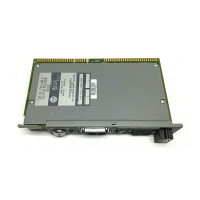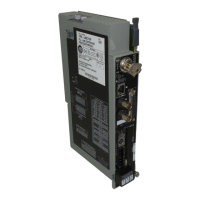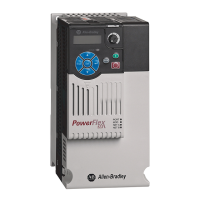Publication 1785-UM012D-EN-P - July 2005
13-12 Programming Considerations
This scheduling determines what controls the program execution path. For
example, if a PII is currently executing, it cannot be interrupted by an STI until
the PII is completed (since the PII has scheduling priority over the STI). If an
MCP is executing and a fault routine is called, however, the MCP’s execution
will be interrupted because fault routines have priority over the MCPs.
Fault routines, PIIs, and STIs are interrupt driven. They can execute at any
time except during run-time edit operations. MCPs, however, are executed to
completion from first user program to last.
Program Execution States
User programs in the PLC-5 controller are always in one of the following five
states: completed, ready, executing, waiting, or faulted.
IMPORTANT
You can temporarily override this priority scheduling by
using the UID and UIE instructions. These instructions
can be interrupted by a fault routine (see page 13-14).

